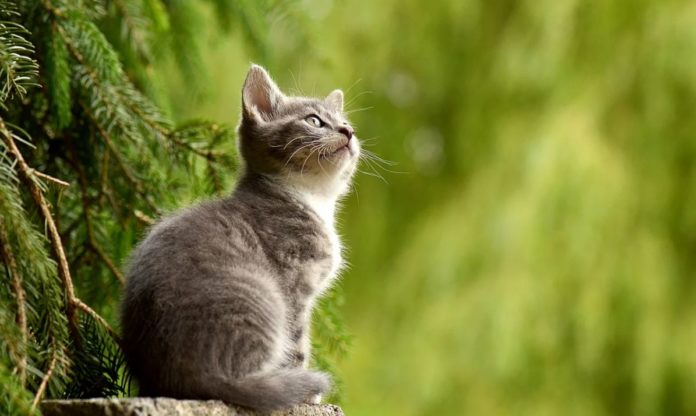Scientists reveal that a theory of more than 70 years that explains the patterns of nature is valid to understand why cats have spots or stripes on their fur. The funny thing is that although the theory was there, for a long time it was a great enigma. What led to the theory being related to cats?
Although biologists had identified the follicle cells where hair grows as the source of black, brown, yellow and red pigments that color the fur of cats, they did not know “when and where the color pattern setting process took place,” Gregory Barsh, a geneticist at the Hudson-Alpha Institute of Biotechnology, in Alabama, United States, told Science magazine.
However, they had some clues. Computer pioneer Alan Turing suggested in 1952 that molecules that inhibit and activate each other could create periodic patterns in nature if they spread through tissues at different speeds, Elizabeth Pennisi explains.
Three decades later, other scientists applied their theory to develop a hypothesis about how color patterns form during development in nature.
They found that activator molecules color a cell, but also produce inhibitors, which spread faster than activators and can stop pigment production. Pennisi points out that in 2019, it was shown that this idea was correct in monkey flowers.
- Brief Anger Hampers Blood Vessel Function Leading to Increased Risk of Heart Disease and Stroke – New Study
- New Blood Test Pinpoints Future Stroke Risk – Study Identifies Inflammatory Molecules as Key Biomarker
- Enceladus: A Potential Haven for Extraterrestrial Life in its Hidden Ocean Depths
- New Experiment: Dark Matter Is Not As ‘DARK’ As All We Think
- Scientists in Fear of This New Predator From Red Sea Eating Native Species in Mediterranean
Despite the progress, scientists had not yet hit the mark and were unaware of the way in which fur color develops in mammals. Until Brash’s team in 2020 found the answer in two known proteins: Wnt and Dkk4 molecules.
The team found that in cats, Wnt and Dkk4 function as an activator and an inhibitor, respectively. In dark skin, they exist in almost equal amounts. According to Pennisi, in paler areas, the faster-moving Dkk4 protein probably turns off Wnt, halting pigment production and thus generating streaks, just as Turing’s theory had predicted.
That simple interaction between molecules can explain the variety of fur color patterns in mammals, “is an example of nature’s economy,” Denis Headon, a developmental biologist at the Roslin Institute, Scotland, told Science.
“It suggests that the same molecules and pathways are likely to be reused for patterning of very different structures and at very different scales to form the intricate elements of the vertebrate anatomy,” Headon added.
